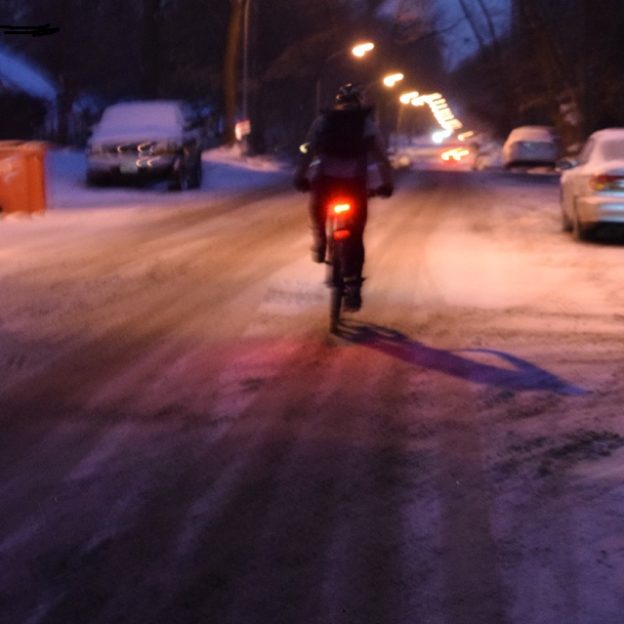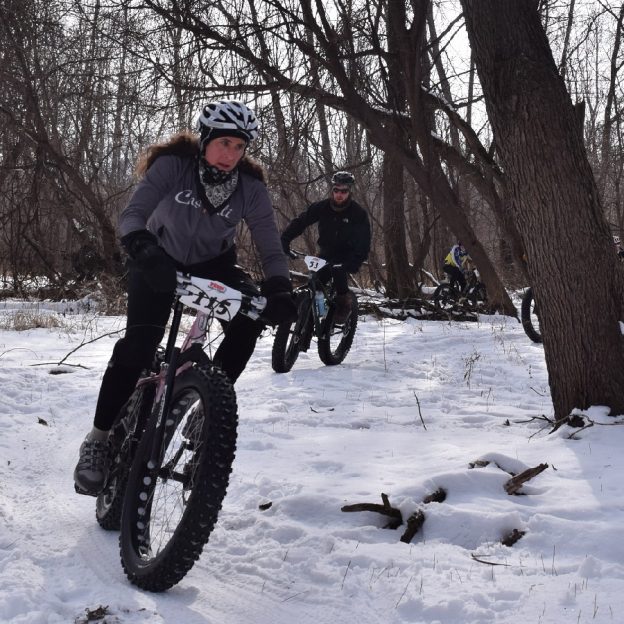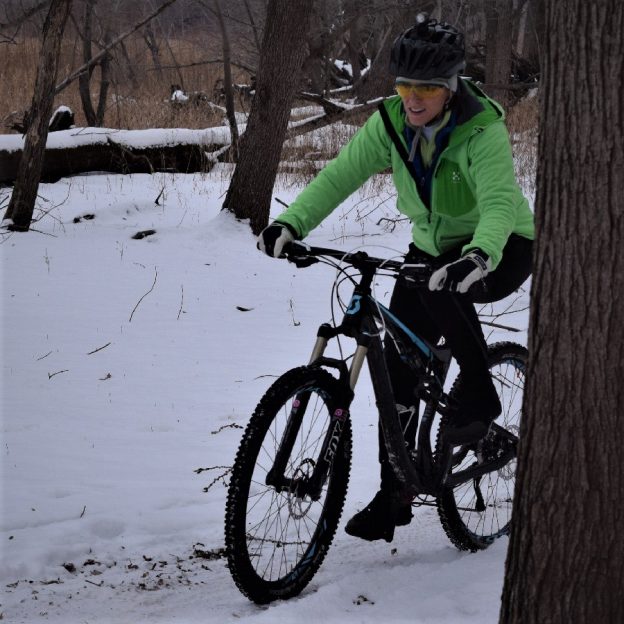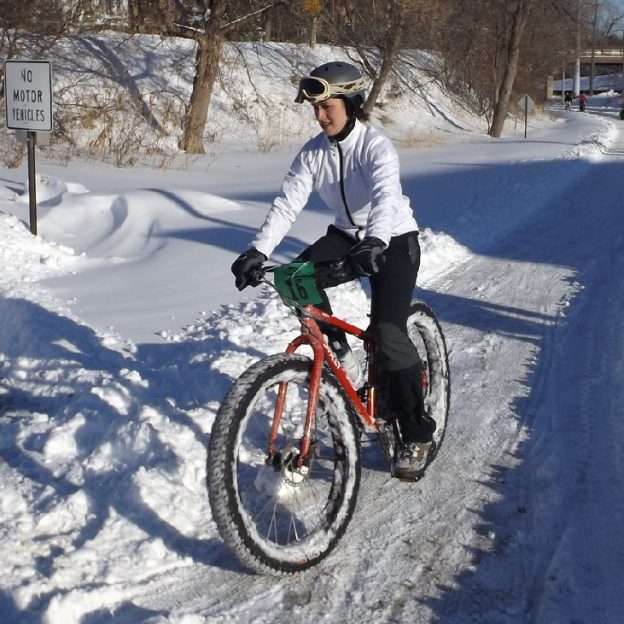Tag: winter riding
-

Studded tires extend your season with safety and traction
Winter’s icy grip can be an unforgivable time for bicyclists riding without studded tires. We enjoy the solitude of winter riding and the added fitness it offers, but as rain or snow turns to ice real dangers abound.
-

Out of the box review: the best cold weather glove to date
It has finally happened, I found the bottom of the Sealskinz Halo glove’s effective temperature range. Before you start to think I went on some wild adventure like the Goonies search for One Eyed Willie, you should know that it has been a pretty mild around here, by Minnesota standards. Sealskinz promises to have us…
-

A mid-term review of this amazing Sealskinz Halo Winter Glove
Now that I have had over a month of cold weather under my belt, I feel comfortable talking about the Sealskinz Halo Glove. The onset of Minnesota’s winter is probably colder than most peoples harsh winter months, so I feel that this mid term review is probably a great indicator for 90 percent of America…
-

First Impressions of Sealskinz’ Super-visible Halo Overshoe
The pond in my back yard is frozen, the leaves are off the trees and the snow blower is ready. These are all signs that Minnesota is firmly in the act of becoming the ice planet Hoth, as history suggests. Happily, my transition into winter has been cushioned. I have some fine products to test,…
-

Bike Pic Nov 7, its fat bike fun in the upper half of Minnesota
With below normal temps snow is sticking throughout the upper half of Minnesota making it perfect for some fat biking fun as this biker chick demonstrates.
-

Bike Pic Oct 28, mountain biking fun in the snow is here again!
Is mountain biking in the snow season really here to stay in the upper Midwest? With temps hovering in the low 30’s, including rain and snow over the next several day it maybe time to get the fatty out and prepare for some winter riding fun.
-

Make Winter Bike Commuting Fun
As the vibrant colors of fall disappear and the winds blow predominately out of the northwest it’s time to ask. Should I ride my bike in the snow, ice and frigid elements of winter or should I take my faithful two-wheeled steed into the shop for a tune-up and store it away?

